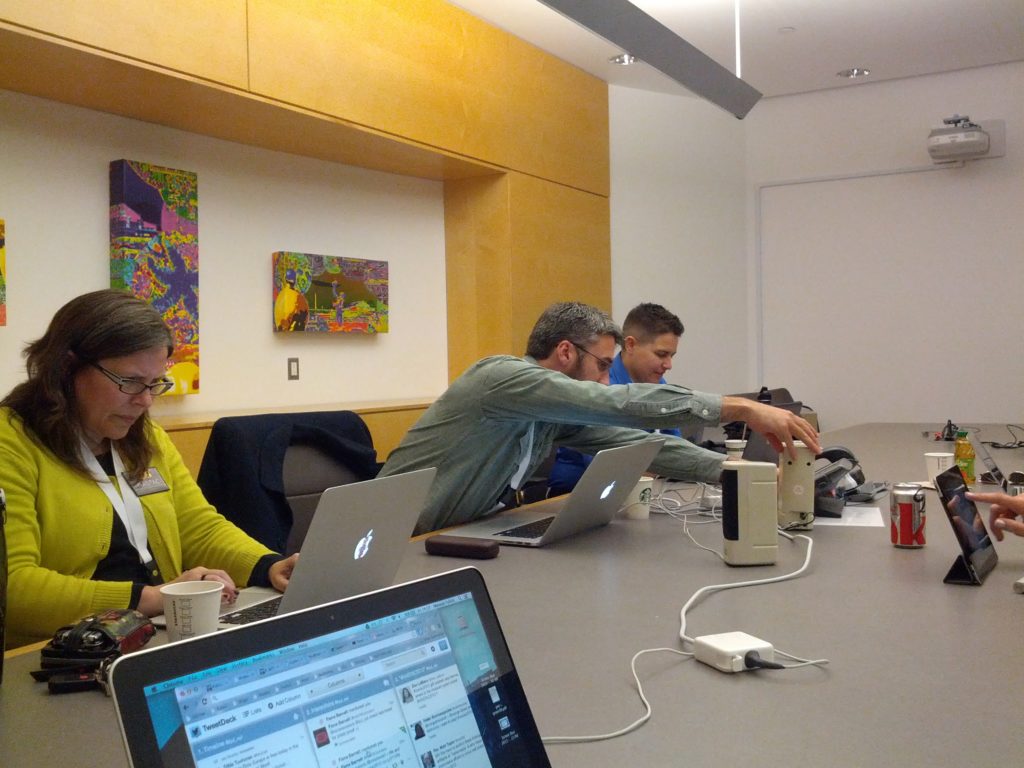In December, 2011, I wrote a blog post about PhD students and metal health as a major issue in graduate education. The post below is one that I wrote to build on the many issues that came out of discussions generated by that first piece. Here is a link to the original post from January 3, 2012: PhD education and mental health: A follow-up.
As my first post for 2012, I want to provide a bit of a follow-up to my previous piece about PhD students and mental health issues.
Though I always had the sense there was a problem with mental health in grad school and especially during the PhD, I was still surprised by the intense reaction to my post. As I write this, there are 38 comments (not counting the one I left myself). Some of these comments are very moving and all of them are refreshingly honest, and I’m extremely thankful that so many of you shared your experiences and insights. Throughout this post I will link to your comments directly.
Through Twitter, Facebook, and the comments on my post, many relevant points were raised. Some people discussed an assumed “ideal” for PhD students, and a sense of guilt and self-doubt they felt when they “failed” to live up to this, which in turn can be exacerbated by the isolation of the process and by the apparent lack of structure in advanced academic work. Others mentioned the persistently gendered (masculine) nature of the scholarly ideal, with women being affected by systemic biases that implicate them differently in academic work as well as in parenthood and family life. Bumblebee wrote that the effect of PhD problems on intimate relationships could be disastrous, particularly without institutional support.
I focused on some of the structural issues in PhD education because I think they contribute to a “pluralistic ignorance” — the fact that a student may believe that she is the only one with a problem, and blame herself for it as well, even while others are experiencing the same thing. Several people commented that compounded by insecurity and isolation, the lack of acknowledgment of and open discussion about depression and mental health issues — the “silence” associated with stigma — is actually the most significant problem because it prevents students from seeking help either from the university or from their peers.
Another effect of silence is that prospective students cannot necessarily make an informed decision about whether to enter a PhD program at the outset (and which program and supervisor to choose). Marketization of higher education is problematic because it encourages institutions to persuade students to enroll rather than informing them about their “best fit” for the program or department. A PhD program tends to be a “black box” in terms of information about problematic aspects of the course and/or the negative experiences of students. This is only compounded by not asking students who leave about the reasons for their departure (reasons that are not always negative—as noted by Alex O).
In another comment, Lil makes the crucial point that accessing support services on campuses can be a trial in itself. Students need somewhere else to turn for support and perspective when significant academic relationships begin to turn sour. But it can take time — sometimes weeks — to land an appointment with a counsellor, and in some cases students will be speaking with a trainee rather than an experienced professional. Usually they will be speaking with someone who is not familiar with the PhD process and the kinds of issues that can arise during it. Often there are a limited number of appointments available to each student in a given period, and since these services tend not to be covered by available health benefits, the student may not be able to afford to go anywhere else for help. Some students may feel too uncomfortable even to seek out professional assistance, which requires a kind of self-exposure that can be off-putting.
Of course not everyone who enters a PhD program will suffer from mental health problems. Students with a lack of social and academic support and/or past histories of depression are more likely to be vulnerable (and this applies to other high-level forms of education as well). But it’s important to consider carefully the nature of academic environment and the ways in which it can affect students’ experiences, both the good and the bad. Graduate students, like all students, are not only learning but also becoming different people; they are “changed” by their experience, and this includes the psychological and the emotional as well as the academic and professional.
Many of the comments I received thanked me for being brave enough to write publicly about this issue. On the one hand it’s disturbing to me that there is such a lack of public discussion in spite of the apparent pervasiveness of the problem. Then again, if my posts can be used as a way to open the door to that discussion, then I’m happy about it indeed.


